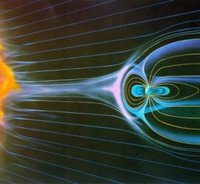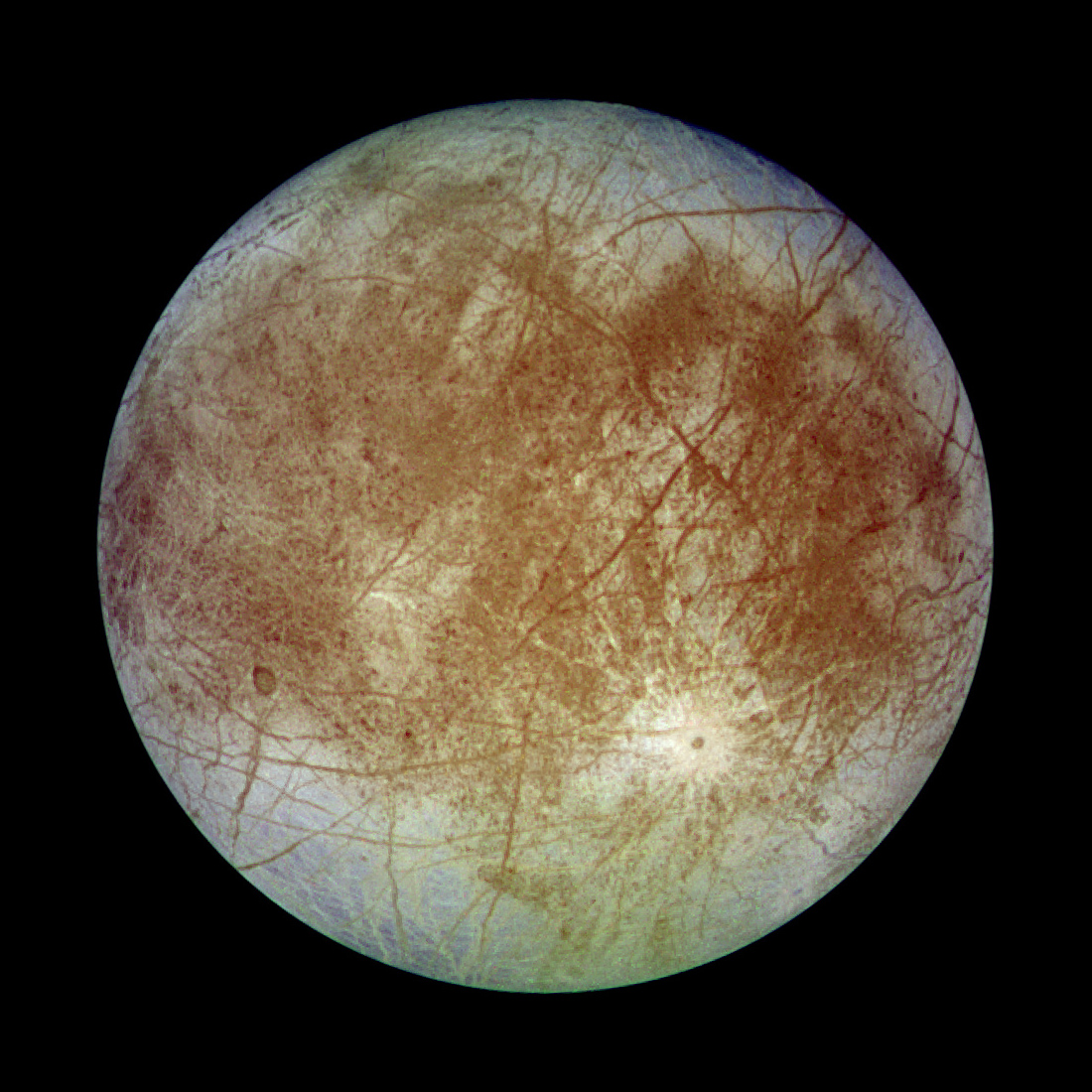
A planet’s atmosphere is the net result of source and loss processes acting on it over time. One of the more poorly constrained processes in terms of its role in changing atmospheric abundance is 'escape to space’. This suite of mechanisms, where atmospheric particles are driven from the top of the atmosphere, is often thought to be more efficient at planets lacking global magnetic fields (such as Mars) than at planets with global dynamo magnetic fields (such as Earth) because the solar wind can directly encounter the atmospheres of unmagnetized planets. Thus, it is argued that escape to space could have resulted in the removal of significant amounts of an early Martian atmosphere. We will review the current understanding and outstanding questions about escape to space at Mars, and then discuss whether the presence of a global dynamo magnetic field should significantly influence a planet’s climate and habitability. Applications of these concepts to other planets in our solar system and beyond will be discussed.
 Getting Under Europa’s Skin
Getting Under Europa’s Skin Tracing Formation and Evolution of Outer Solar System Bodies Through Stable Isotopes and Noble Gas Abundances
Tracing Formation and Evolution of Outer Solar System Bodies Through Stable Isotopes and Noble Gas Abundances Photosynthesis, a Planetary Revolution
Photosynthesis, a Planetary Revolution Xenon: King of the Gases
Xenon: King of the Gases